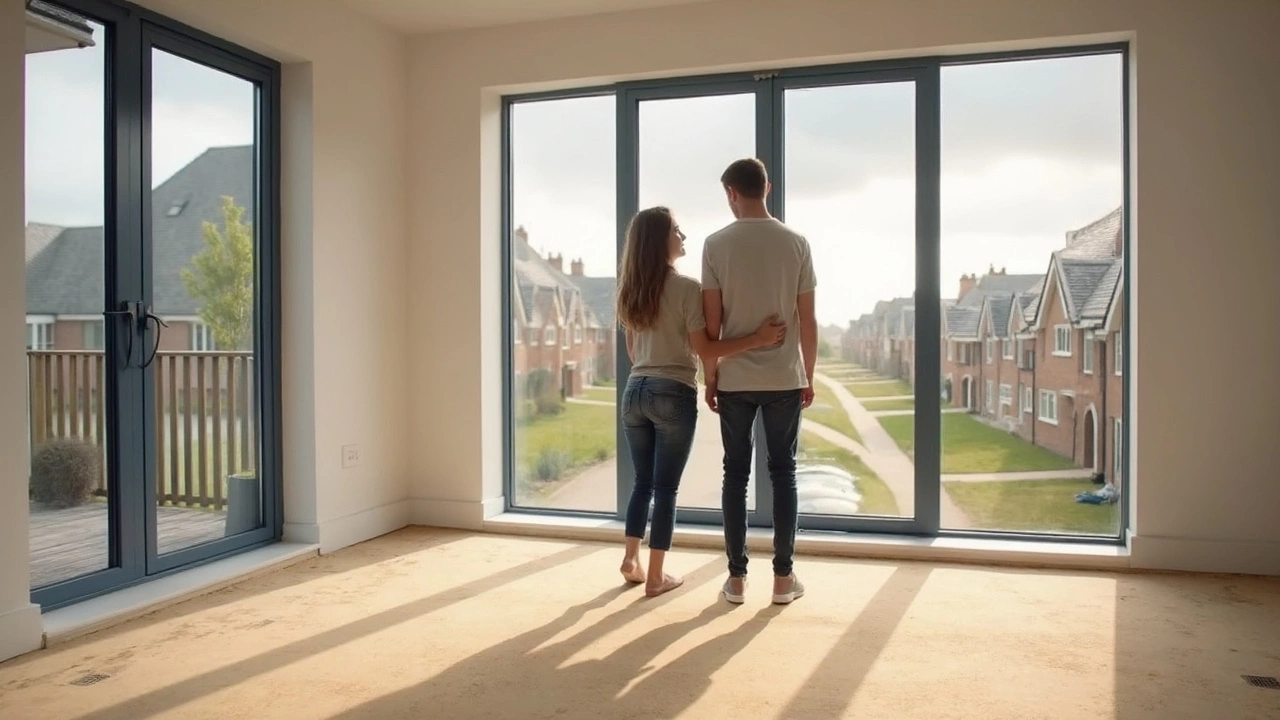Buying a New Home? Essential Tips for a Smooth Move
Congrats on the decision to buy a new home! It’s an exciting step, but it can also feel overwhelming. You’ll want to make sure every penny you spend adds real value, and that the house you walk into is safe and comfy. Below are the must‑do actions that keep the process simple and protect your investment.
First, get a clear budget in place. Talk to a mortgage adviser, calculate your monthly payments, and add a buffer for unexpected costs like repairs or upgrades. Remember, the listing price is only part of the total spend – you’ll also need to cover survey fees, legal work, moving trucks, and a bit of cash for finishing touches.
Check the Structure Before You Sign
Before you hand over a deposit, schedule a thorough home inspection. A qualified inspector can spot foundation cracks, water‑damage, and hidden mold that the seller might not mention. Look for uneven floors, doors that stick, and walls with damp patches – these are red flags that could point to bigger problems.
Mold is a silent enemy, especially in newer builds that might have poor ventilation. If you notice a musty smell, check for visible spots on ceilings or around windows. Ask the inspector to test indoor air quality if you’re unsure. Early detection saves you from health issues and costly remediation later.
Pick the Right Flooring for Your Lifestyle
Flooring is one of the biggest decisions that affects both look and maintenance. Engineered hardwood gives a classic feel and holds up well to everyday wear, while luxury vinyl plank (LVP) mimics wood or stone at a lower price and is water‑resistant – a good fit for kitchens and bathrooms.
If you have kids or pets, durability matters more than raw elegance. LVP, laminate, or tile can handle spills and scratches without a facelift. For a cozy bedroom, softer options like carpet add warmth, but remember they need regular cleaning to avoid dust buildup.
Budget for professional installation. A DIY install might save money, but a skilled installer ensures no gaps, proper sub‑floor preparation, and a flawless finish. This reduces the risk of squeaky boards or uneven surfaces down the line.
Finally, think about the overall style you want. Keep colour schemes simple – neutral walls let the floor stand out, and you can add personality with rugs, cushions, or art later. Sticking to timeless colours means your home will feel fresh for years without a major remodel.
Now you have a clear roadmap: set a solid budget, get a trusted inspection, watch out for mold, choose flooring that matches your daily life, and let professionals handle the tricky parts. Follow these steps, and your new house will feel like home before you even move the furniture in.
Do You Get Flooring in a New Build? What Buyers Need to Know
- Gavin Whitaker
- |
- |
- 0
Thinking new build homes come move-in ready with shiny flooring? It's not always that simple. While some developers include basic flooring as standard, others leave it unfinished unless you pay extra. This article explains what you get, why builders do it this way, and how to avoid surprises before you get those keys. Get straight info and practical tips to handle flooring in your brand-new home.
View more